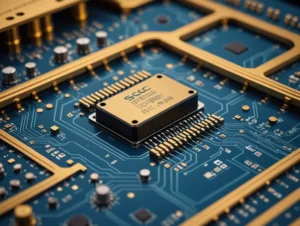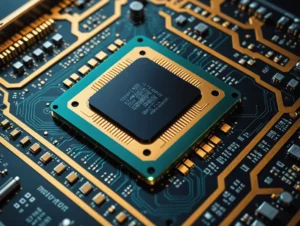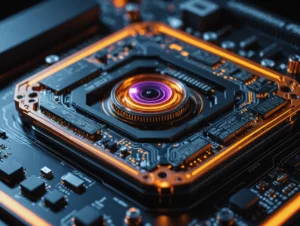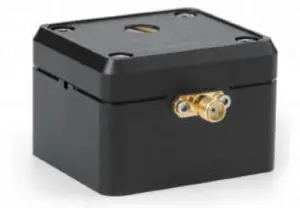As the field of integrated photonics continues to evolve, silicon photonics has emerged as a key technology enabling high-speed optical communication, advanced sensors, and scalable on-chip optical processing. A critical yet often overlooked component of this technology is the silicon photonics coating, which plays a vastly different role compared to coatings in traditional optical systems.
In this article, we explore the unique requirements of silicon photonics coating and compare them with conventional optical coatings used in lenses, mirrors, and infrared windows.
What Is Silicon Photonics Coating?
Silicon photonics refers to the thin-film layers deposited on photonic integrated circuits (PICs) made primarily from silicon. These coatings are essential for a range of functions, including:
- Optical confinement and waveguide cladding
- Surface passivation and protection
- Electrical insulation or conductivity (e.g., in modulators)
- Thermal and mechanical stability
- CMOS process compatibility
Unlike traditional optics, where coatings primarily aim to reduce surface reflections or enhance durability, coatings in silicon photonics are tightly integrated into the function of the optical device itself.
Key Differences Between Silicon Photonics Coating and Conventional Optical Coating
1. Purpose and Functionality
- Conventional optics coatings (such as AR or HR coatings) are designed for free-space optical performance, targeting reflection control, transmission efficiency, or environmental resistance.
- Silicon photonics are part of an on-chip optical system, influencing waveguide behavior, modulation efficiency, and electrical performance.
2. Material Requirements
| Application | Common Coating Materials |
|---|---|
| Conventional Optics | MgF₂, SiO₂, TiO₂, DLC |
| Silicon Photonics | SiO₂, Si₃N₄, Al₂O₃, ITO, polymers |
Materials like Si₃N₄ or Al₂O₃ are frequently used in silicon photonics coating to provide low-loss dielectric layers and high conformality, often deposited using atomic layer deposition (ALD) or plasma-enhanced chemical vapor deposition (PECVD).
3. Thickness and Precision
- Conventional coatings typically tolerate thickness variations in the range of ±10–20 nm.
- Silicon photonics coatings, on the other hand, require sub-nanometer precision, especially for applications such as electro-optic modulators or high-Q resonators, where slight variations can impact device performance.
4. Wavelength and Index Sensitivity
Silicon photonics typically operates at telecom wavelengths—1310 nm and 1550 nm—whereas conventional optics may span the UV to IR spectrum. This narrower range demands precise refractive index matching in coatings to ensure proper light confinement and minimize propagation losses.
Deposition Techniques for Silicon Photonics Coating
In silicon photonics, the choice of deposition method is driven by the need for uniformity, repeatability, and compatibility with CMOS fabrication lines. Common techniques include:
- ALD (Atomic Layer Deposition) – For ultrathin, highly uniform films (e.g., Al₂O₃)
- PECVD (Plasma-Enhanced CVD) – For SiO₂ and Si₃N₄ layers at low temperature
- Spin Coating – For applying polymer claddings or passivation layers
- Sputtering / PVD – Less common due to step coverage issues in nanostructures
These methods allow precise control over film thickness, refractive index, and surface smoothness—parameters critical in silicon photonic devices.
Summary: Why Silicon Photonics Coating Is Unique
| Feature | Conventional Optics | Silicon Photonics |
|---|---|---|
| Focus | Reflection control, durability | On-chip waveguide control, electrical function |
| Coating Thickness | ~μm, relaxed tolerance | nm or sub-nm, tight tolerance |
| Process Compatibility | Standalone optics | CMOS-compatible, backend process friendly |
| Typical Materials | MgF₂, SiO₂, DLC | Si₃N₄, Al₂O₃, ITO, polymers |
| Application Method | PVD, evaporation | ALD, PECVD, spin coating |
Final Thoughts
The evolution of silicon photonics has brought new challenges and opportunities to the world of optical coatings. A silicon photonics coating is not merely a surface treatment—it is a functional, integrated layer that directly affects how light behaves on a chip. Understanding these distinctions is crucial for engineers, designers, and researchers working at the intersection of photonics and semiconductor technology.
If you’re developing silicon photonic components or looking for coating services tailored to integrated photonics, be sure to select materials and deposition methods that align with your performance, reliability, and fabrication needs.





